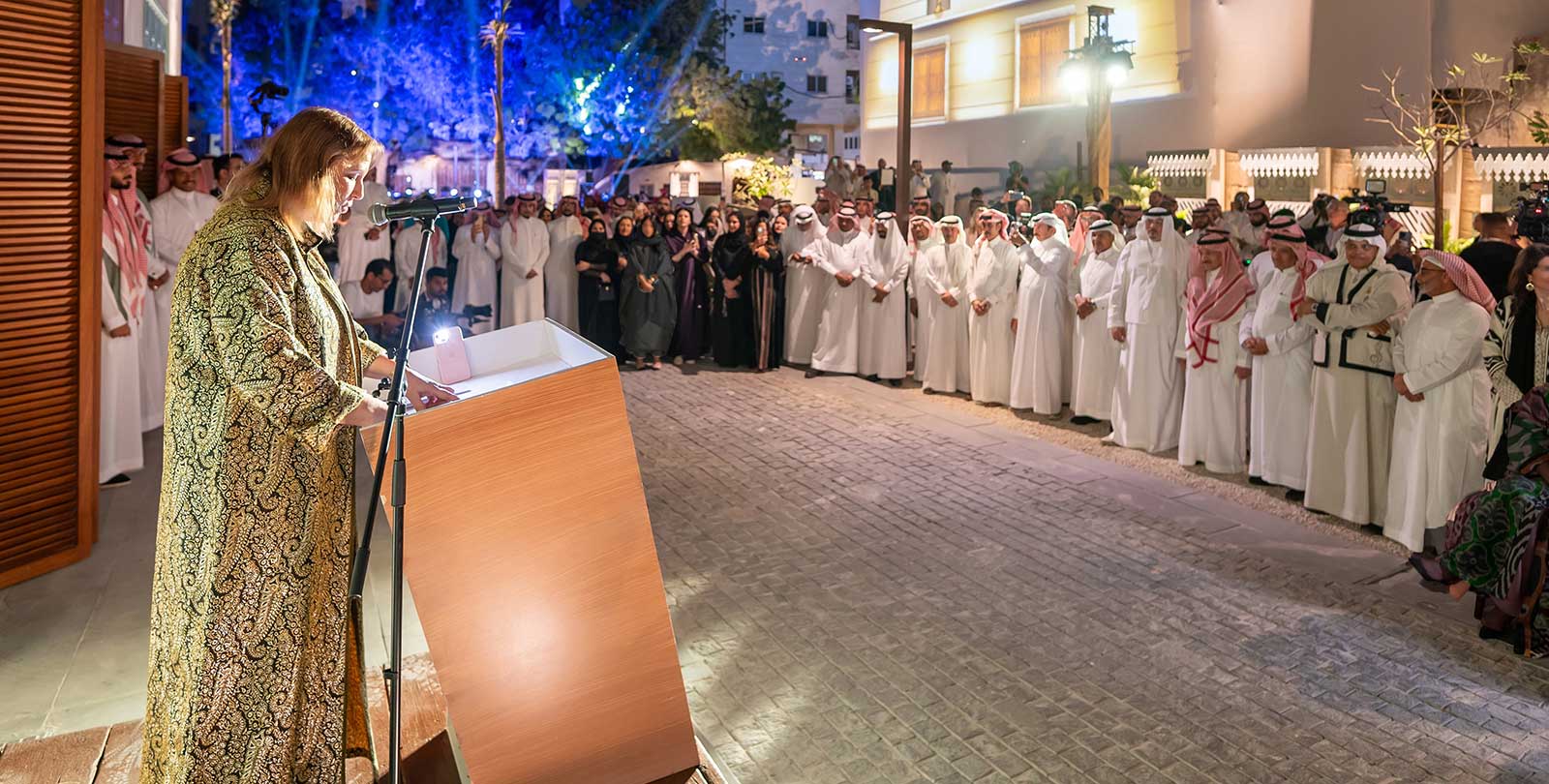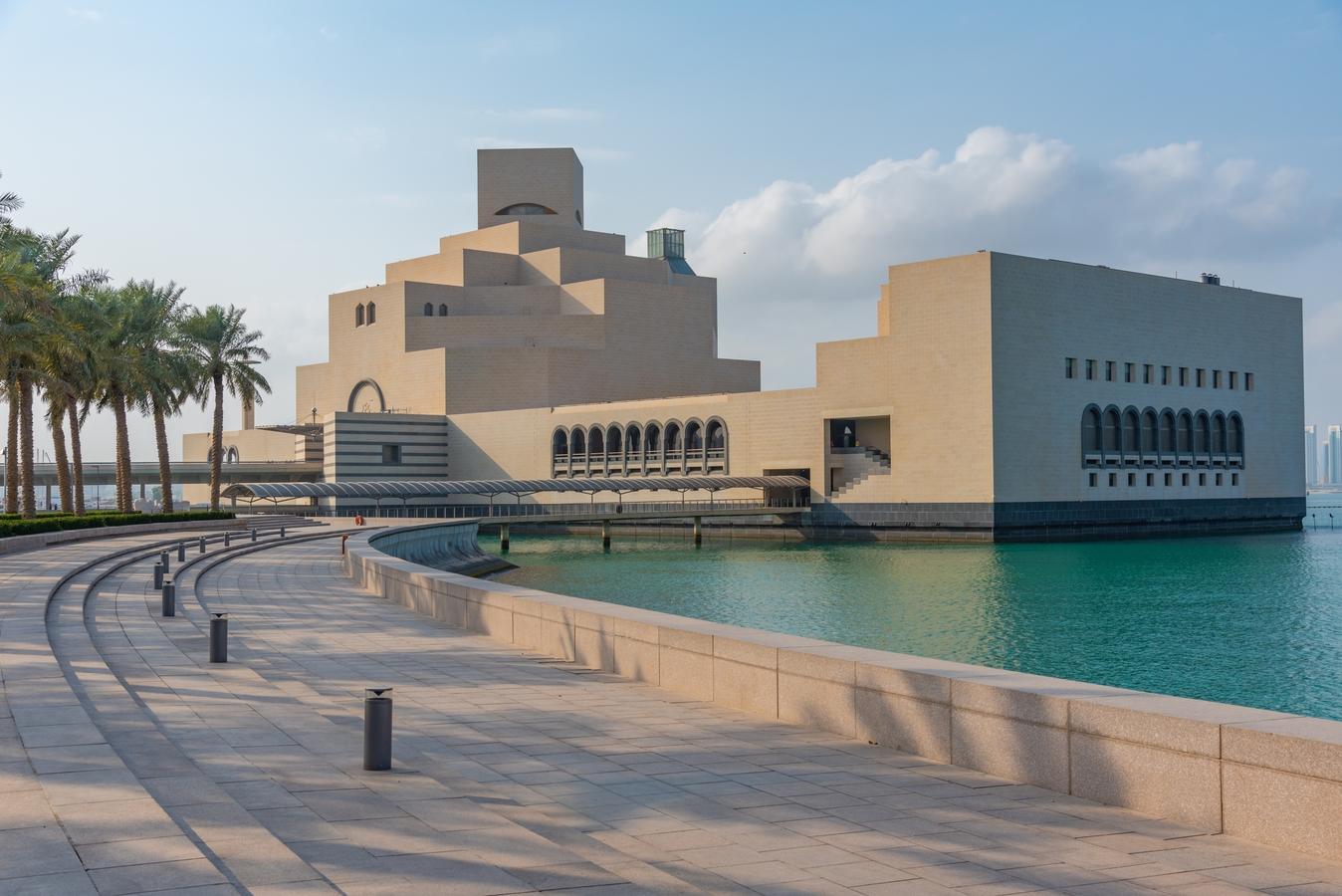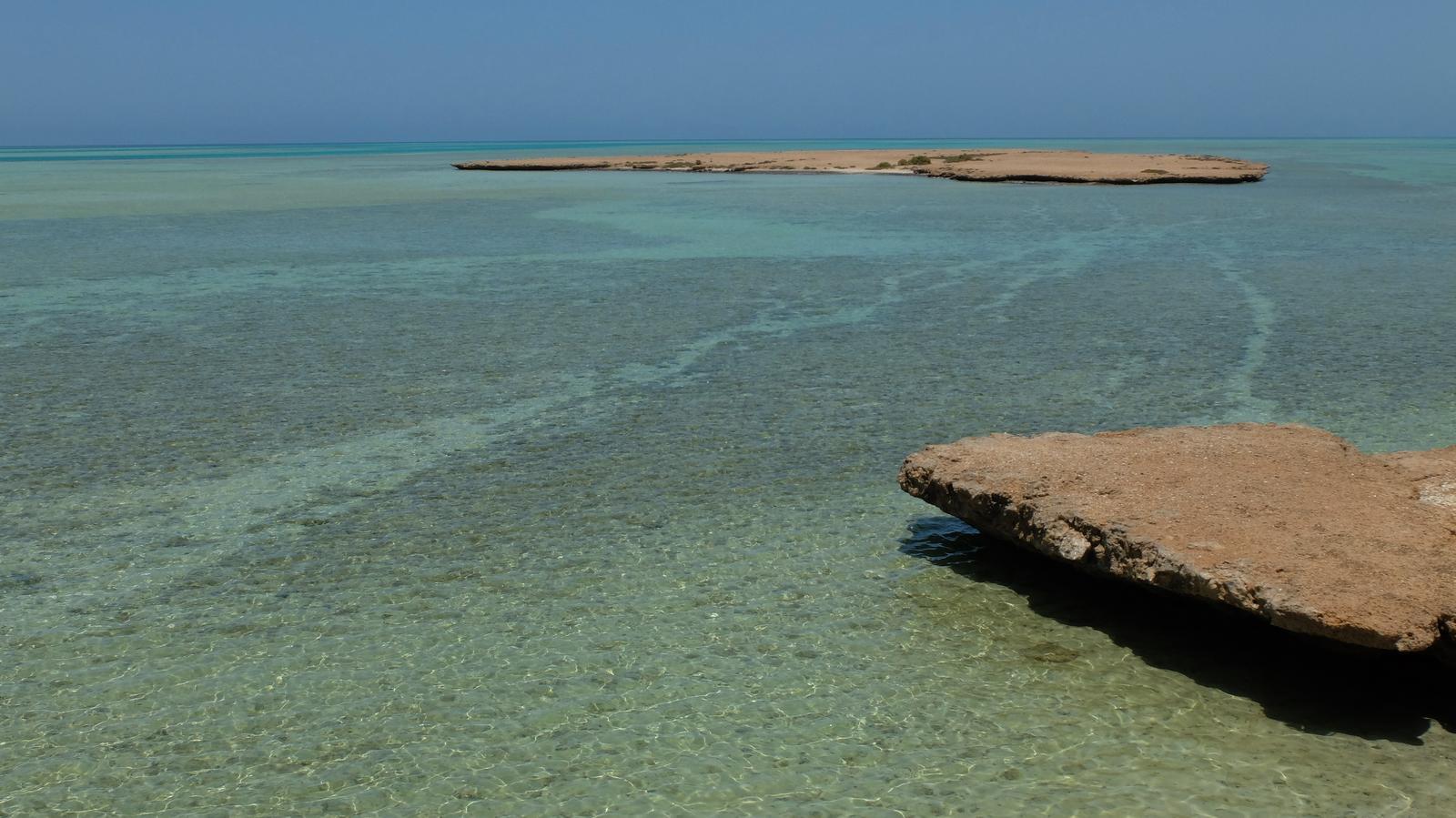Saudi Arabia has undergone a seismic shift in its digital landscape over the past decade. With an internet penetration rate exceeding 90%, the Kingdom is among the most connected nations in the Middle East, outpacing regional peers like Egypt (71%) and surpassing even European countries such as Italy (83%). With over 30 million internet users, connectivity has become a defining feature of modern Saudi life, influencing every facet of society—from commerce to communication.
Dr. Fahad Al-Duwaihi, a digital transformation expert, notes, “The high internet penetration rate is not just a statistic; it’s a reflection of the Kingdom’s ambition to modernize its economy and society. Connectivity is the backbone of our vision for the future.”
Social Media: A Window to Modern Saudi Life
Social media platforms have become indispensable in the lives of many Saudis, with users spending an average of three hours per day online. Platforms like Instagram and Snapchat are not merely tools for entertainment but spaces where Saudi society’s rapid transformation is most visible.
Social media influencers have emerged as powerful cultural ambassadors, challenging stereotypes and reshaping how the world views Saudi Arabia. By sharing stories of modern Saudi life, fashion, and culture, they are bridging gaps and fostering dialogue.
Rania Al-Zahrani, a Riyadh-based influencer, explains, “Our content is not about erasing tradition; it’s about showing how we are evolving while staying true to who we are. Social media is a platform where we can tell our own stories, in our own voice.”
Interestingly, communication habits are also evolving. Voice notes, preferred by younger Saudis over traditional calls, highlight a shift toward more dynamic and casual interactions—a trend that reflects broader societal changes.
E-Commerce: A Rapidly Growing Market
Digital commerce is another area where transformation is evident. Between 2020 and 2023, the Saudi e-commerce market grew from $6.3 billion to $8.3 billion—a remarkable achievement fueled by platforms like Noon and Amazon.sa. This growth outpaces that of regional markets like the UAE, indicating the Kingdom’s increasing digital adoption.
Ahmed Al-Qahtani, an e-commerce entrepreneur, remarks, “The convenience of online shopping has changed consumer behavior. People now expect everything from groceries to electronics at their fingertips. This shift is creating opportunities for new businesses and local entrepreneurs.”
The government’s commitment to fostering a digital economy is clear. Initiatives under Vision 2030 have prioritized innovation, encouraging startups and investing in digital infrastructure to enable a seamless online ecosystem.
A Focus on Digital Infrastructure
One of the most ambitious projects in this transformation is the 2Africa subsea fiber-optic cable system, which landed in Jeddah and Yanbu in 2023. Spanning 45,000 kilometers, the cable is set to enhance the Kingdom’s global connectivity, linking it to Europe, Africa, and Asia.
“The subsea cable system is more than a technological milestone; it’s a strategic investment in our future,” says Engineer Khaled Al-Faisal, who leads a government initiative to enhance Saudi Arabia’s digital infrastructure. “It will not only support faster internet but also enable critical technologies like AI, Big Data, and advanced analytics.”
The private sector has also played a vital role in this digital transformation. Companies like Huawei, Microsoft, and Oracle are collectively investing billions of dollars into cloud services, data centers, and emerging technologies in Saudi Arabia.
Challenges in a Digital Era
Despite these advancements, the journey into a digital future is not without its challenges. Concerns about digital security, data privacy, and the societal impact of rapid change remain pressing. Parents, for instance, often struggle to regulate their children’s online activities. Platforms like TikTok have introduced new dynamics, where even young children’s lives can gain public visibility.
Fatima Al-Harbi, a mother of three in Jeddah, shares, “It’s a double-edged sword. The internet connects us in amazing ways, but it also exposes our children to influences we cannot always control. Striking a balance is the biggest challenge.”
The Path Forward: Tradition Meets Technology
Saudi Arabia’s digital transformation is more than just a technological story—it’s a social and cultural evolution. As the Kingdom embraces new technologies, it remains anchored in its traditions. This balancing act is evident in how digital tools are being integrated into daily life while preserving cultural norms.
“Modernization doesn’t mean abandoning our roots,” says Dr. Sarah Al-Mutairi, a sociologist specializing in Middle Eastern studies. “It’s about finding ways to align innovation with our values, and Saudi Arabia is navigating this path in a way that is uniquely its own.”
From e-commerce growth to smart infrastructure projects, Saudi Arabia is forging a future that merges technological advancement with cultural continuity. The Kingdom’s ambition to become a global tech hub is well underway, but it is the interplay of tradition and innovation that truly defines its digital era.









0 Comments
No comments yet. Be the first to comment!